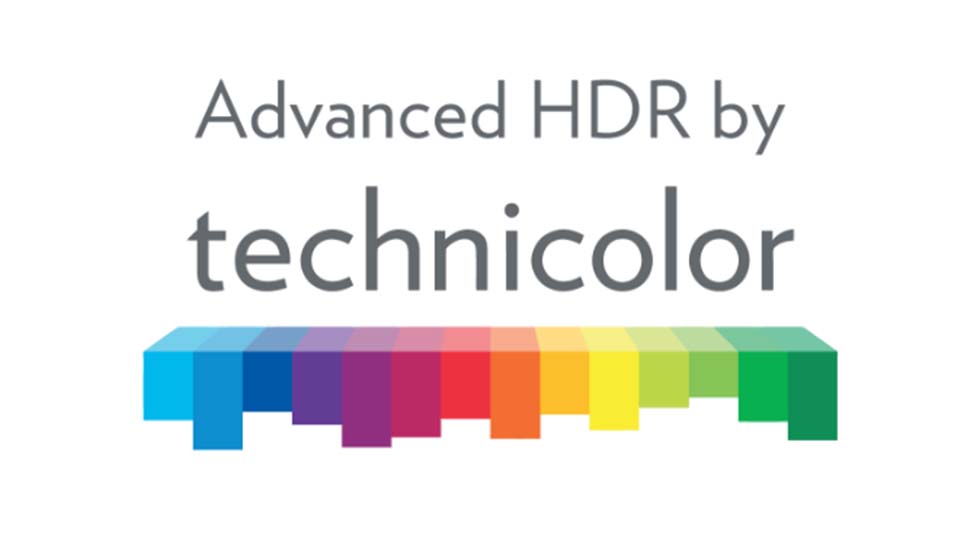
When the NAB announced the postponement of the NAB Show last week, it not only dashed the hopes of exhibitors eager to launch new products, it also threatened to impact the progress broadcasters are making on the transition to ATSC 3.0 (aka NextGen TV). With the launch of 20 new NextGen TVs scheduled to hit the retail floor soon and broadcasters currently deploying the new standard, this year’s NAB Show was expected to provide a prominent showcase of new technologies and discussions among attendees.
That said, priorities have quickly changed and TV Technology editors Tom Butts and Phil Kurz talked with Madeleine Noland, president of the ATSC this week on how the industry will move forward without the NAB Show next month:
TV Technology: Is everybody remaining safe and healthy at the ATSC offices, as well as involvement in the working groups?
Madeleine Noland: As far as I know, everyone is safe and healthy and following local advice about how best to conduct business and keep their families safe. Thank you for asking.
TVT: The NAB Show was going to be the first NAB since the announcement of the “20 3.0 TV sets” at CES, so it was a significant opportunity to advance ATSC 3.0 among broadcasters. What are the consequences of the postponement and what are you doing to maintain the momentum for NextGen TV?

MN: That's a great question and something we've put a lot of thought into. We 100% support PBS TechCon and NAB's decision not to hold the conferences. As unfortunate as that is, we certainly think it was the right call under the circumstances; we would have done the same thing in their position. We are hopeful that there will be some “Plan B options” for the conferences. I think both organizations are considering possibilities and ATSC would certainly look forward to participating in any alternate plans that the organizations may announce.
Meantime, we are considering ways to help to take advantage of the momentum that we know was building and builds every year leading into April, so we're in active discussions with other key organizations amongst the leadership and we hope to make an announcement pretty soon about some great ideas we've been hatching.
The professional video industry's #1 source for news, trends and product and tech information. Sign up below.
Our goal with the ATSC Showcase booth which we had planned for the NAB was to have a way for members within the booth and throughout the show floor to talk about what they're doing and get their messages out to the industry with 3.0. So we are actively pursuing a particular idea along those lines that we're not quite ready to announce yet but will soon. We're hopeful to keep that momentum going by providing a platform for our members to talk about what they're up to with 3.0 as they head into April.
TVT: The ATSC working group that came up with 3.0, and probably all the working groups, were practicing social distancing before social distancing was cool; in other words a lot of the regular work got done on conference calls. Is that helping you in terms of the committees continuing to do work on the standard and best practices?
MN: I think you’ve assessed it exactly right. We conduct a large portion of our business remotely as it stands. That said, we do hold meetings face to face every other month. We had one scheduled for the end of the March, which has been converted into a virtual meeting. Nonetheless the work continues as expected and we expect active participation in these meetings even though they're remote.
It saddens me because I really enjoy the company of the ATSC membership, what a great bunch of people to work with and I'll be really happy when we can convene in person again. I sort of miss that, but in terms of getting the work done, we can marginally do what we normally do even though we can't meet face to face as we hoped we would.
TVT: Nobody knows where this thing is going, but if we go beyond the initial 15 day period and continue to work from home, will that have major consequences to what the ATSC is doing on NextGen TV or can you kind of remain in this remote mode for the indefinite future?
MN: For ATSC itself, we can remain in remote mode for as long as is necessary. I miss the camaraderie of face-to-face meetings, but I think for us the biggest impact is going to be on some of our membership as they relocate to home offices and some of them having to turn their attention to their own family and friends and officemates, and figure out a new way to work for the time being.
So I think that there's some of that happening but we're optimistic that work is going to continue apace. I know that everybody has a lot of great ideas on their mind and want to carry them forward. Fortunately the logistics of working remotely will iron itself out. Within the ATSC itself, this is what we do all day, all the time, so it's nothing new to us.
I think that after this initial period where everybody is settling into a new work pattern, things will probably continue apace and hopefully everyone will stay healthy so that is not an issue. We hope and expect to get a lot of work done.
TVT: Obviously, right now the TV stations are under great pressure to deliver the local news. Are you concerned that this is going to affect stations' planning for deployment?
MN: It's almost impossible to expect this isn't going to affect everything at some level. That said, we're very, very excited by the announcement out of Portland, Ore., earlier that low power stations in that market coming on with 3.0. We know that the FCC has at least created a little bit of slack in its repack schedule and that may impact some broadcasters' launch for 3.0, but I'm not sure. But I'm going to hope that if the situation doesn't dramatically deteriorate, that any impact will be short-lived and that progress will move forward.
TVT: Given that the outbreak is worldwide, but particularly with South Korea and Japan facing issues, do you think Samsung, LG and Sony will be able to fulfill their stated plans for delivering the 20 3.0 sets this year?
MN: I certainly don't want to put the words into the mouth of these companies but I did see the LG announcement this week announcing their 2020 lineup which included the NextGen TVs and which ones exactly earned the NextGen TV logo, so we're expecting those to come out as scheduled. It's my understanding that those sets will hit retail real soon, within weeks, according to the announcement, in fact.
TVT: One of the important capabilities of 3.0 is the advanced emergency alerting, and over the past year there's been an evolution that will not only provide the emergency alerts of whether there's a tornado bearing down on you, but will provide more emergency information to the public about where to go in the event of emergencies. Do you think that capability might have been helpful for broadcasters in the crisis we face now?
MN: It certainly would have been helpful when it comes to specifically local news that would be breaking at a given moment. Let's say, for example, the local county or state has made a recommendation about sheltering in place or a new update to the policies that they've implemented, and that could be presented on television as an emergency alert banner. That said, I think that as you point out in this case, many of the TV stations are probably running news stories all the time and their news departments are probably extremely busy right now, making sure their communities are informed.
I can envision that the advanced emergency system would be extremely valuable on the Diginets where you can present some information over what’s happening on the Diginet. One of the aspects of the advanced emergency system is that it can ask the viewer, “hey, there’s breaking news over on our main channel, would you like to go there now?” and the viewer could click yes and it would automatically retune the television to the main station where breaking news is provided.
TVT: In regards to station deployments, do you think the industry will hold to its promise it made a year ago to deploy in 40 markets by the end of 2020?
MN: I do, but I think again, this is a very fluid situation with respect to COVID-19 so it's very difficult to predict what's going to happen. But I would say that if the situation does not deteriorate dramatically that I would think that broadcasters will meet or come very close to the expectations that they set with previous announcements.
One last thing I want to add: You asked about the emergency messaging role of broadcasters and I think about this situation and I can't think of a group of people who know more about how to get things done in the face of crisis more so than broadcasters. If anybody has a “get it done attitude” and figures out a way, it's going to be this industry.
